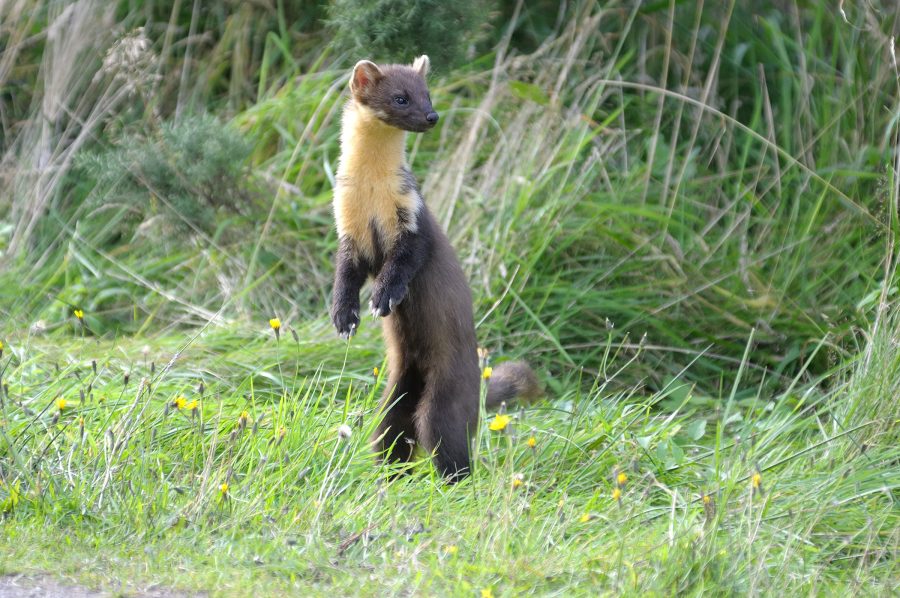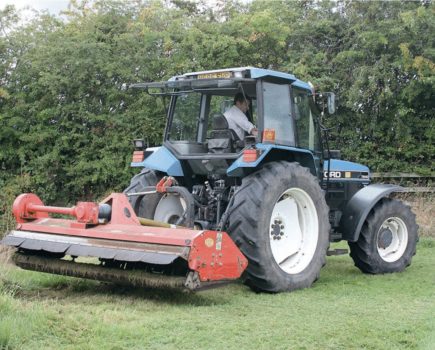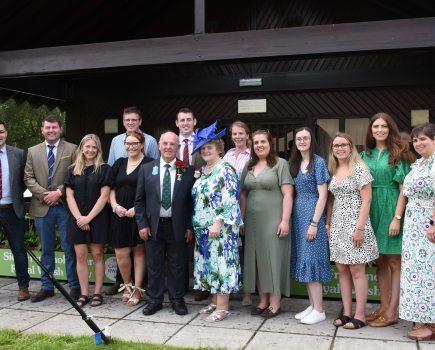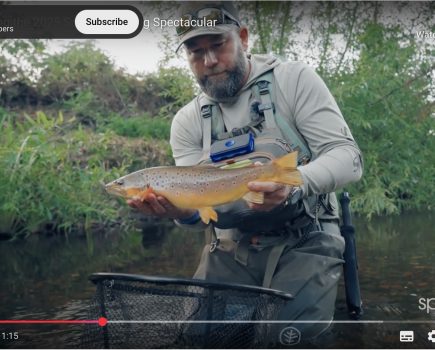A pioneering conservation project has brought back pine martens to the South West of England for the first time in more than a century.
15 pine martens including 8 adult females, and 7 adult males, were released at secret locations on Dartmoor during September in what conservationists are hailing as a historic step in the restoration of the region’s woodlands and wildlife.
The return of pine martens is the work of The Two Moors Pine Marten Project and comes after two years of meticulous planning and consultation with local communities. The project is being led by the charity, Devon Wildlife Trust, and is a partnership between seven conservation organisations: Dartmoor National Park Authority, Devon Wildlife Trust, Exmoor National Park Authority, Forestry England, National Trust, Somerset Wildlife Trust and Woodland Trust. It has been made possible with the support of The National Lottery Heritage Fund.The release of pine martens into Dartmoor was the first phase in the project’s plans to establish a resident population of the cat-sized, tree-climbing members of the weasel family.
Pine martens went extinct in the South West of England more than 100 years ago after centuries of loss to their favoured woodland living places, and as the result of hunting and trapping. The project’s second phase will see a similar release of the animals in Exmoor during 2025.
Dartmoor’s new pine martens have been sourced from healthy wild populations in Scotland using the expert assistance of The Vincent Wildlife Trust. In a carefully planned operation, under licenses from Natural England and Nature Scot, the animals were health checked by vets before being driven to their new homes in Devon. Arriving under the cover of darkness each animal was placed in its own specially constructed pen at woodland locations which were chosen for their seclusion. There they were fed and watered by a team of local volunteers. After three days of quiet acclimatisation, the pen doors were opened, and the pine martens were allowed to make their first historic steps into the wild. The project is now carefully monitoring the progress of the 15 pine martens. Each animal was fitted with a radio collar to allow their movements to be tracked.
The collars were fitted under vet supervision, are lightweight and have been specially designed so as not to restrict the movement of the animals. The collars will drop off the animals after six to nine months. Pine martens are mostly solitary creatures and live at low densities. The expectation of the project is that the new animals will disperse to establish their own territories. The population is expected to grow gradually over the coming years. Anyone interested in finding out more about pine martens and the Two Moors Pine Marten Project should go to: www.twomoorspinemartens.org
More news like this can be found in The Country Smallholder magazine. Subscribe here.
For FREE updates from the world of smallholding, sign up for The Country Smallholder newsletter here.







